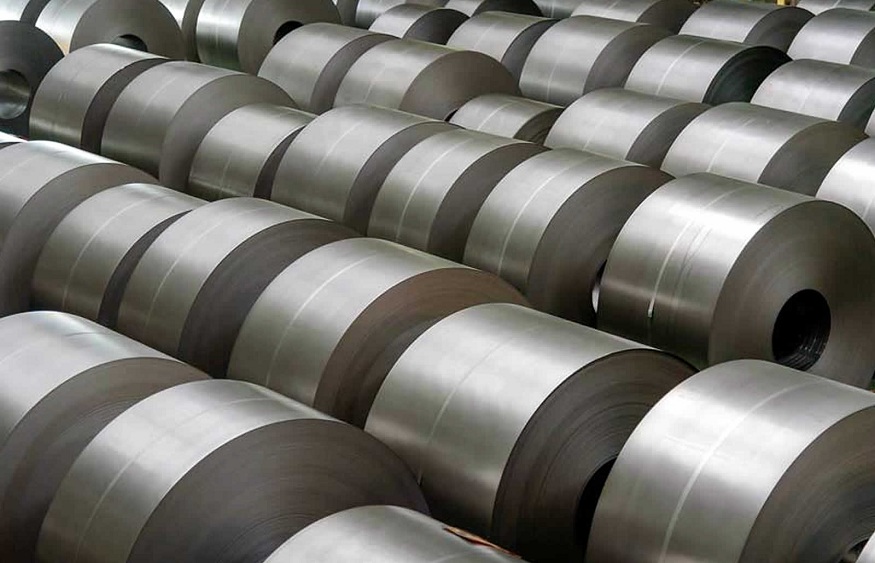A city like New York, Paris, or Dubai will give you more than just a steel eyeful. This sturdy metal, which was first created in the 1850s, is still in high demand and offers much more than first appears. Steel is still widely utilized in construction, manufacturing, design, and other fields, despite the fact that modern industry is constantly creating new building materials.
What advantages make this recognizable metal one of the most widely utilized metals in the modern world?
1. Anything Can Be Handled by Steel
Steel-framed buildings can withstand anything, even high winds, corrosion, and hurricanes. With a stress yield of 50,000 pounds per square inch, structural steel is superior to the majority of other materials. A high-quality steel building kit from engineering steel stockholders will produce a home that can endure everything nature throws at it due to the material’s exceptional tensile and compressive strength.
Steel is a great option for earthquake-prone areas because it is non-flammable and resists buckling or warping. Unlike wood, it is manufactured, so its quality and strength are uniform. In addition, new developments maintain steel in front of other building materials in terms of standard strength. You might even discover that having a steel frame will cut your insurance expenses while building a structure!
2. The Metal of Many Talents
Steel is extensively employed in many industries, including building, infrastructure, mechanical equipment, automobiles, and increasingly, aerospace and other transportation sectors. Steel actually offers an appealing mix between strength and form adaptability, despite its appearance as being hard and immovable.
Modern case hardening steel technology makes it possible to mold the metal into a wide range of shapes. Steel can be cut more precisely and is sometimes even lighter than wood. Due to its remarkable strength, even in little quantities, it uses a lot less area on construction sites than concrete does. Steel is an extremely predictable material, which makes it ideal for use in design software. Steel is used in a wide variety of structures, including cars, ships, and airplanes in addition to bridges, buildings, and tunnels.
3. Creativity, progress, and effectiveness
Steel is continuously being improved over 200 years after it was first created. Steel is becoming even more flame retardant and buckling-resistant thanks to coatings and specialized formulations. Recently, a collaborative engineering team from Taiwan and China created a Super Steel that overcomes the strength-ductility trade-off that steel generally faces. Additionally, this material is more affordable and lightweight, demonstrating that even an old metal can learn new skills.
Steel has the advantage of reducing building time due to its extensive use. Utilizing 3-D modeling technology, contractors and designers may create unique steel products while reducing time and material waste. Welding is a simple way to make changes to steel buildings that already exist.
4. Be gentle with your bank account
Steel is becoming more and more popular in the residential construction industry, in part because there are more options available at more affordable prices. 100cr6 steel provides greater value for your money than concrete, even though it isn’t as inexpensive. It combines affordable rates with unmatched durability. The effectiveness of steel and the absence of waste byproducts also lower its overall cost.
5. Easy to Look At
Despite the fact that some people dislike the industrial feel of steel, it is increasingly being used as a visible part of architectural design. Buildings made of steel that have exposed frames can have a feeling of raw beauty and show off the material’s toughness.
Steel is available in a vast array of hues and textures, and it may either blend into the background or stand out. Steel may be used sparingly to lend refinement to any structure, but some designers have even constructed furniture and entire apartments out of the material.
A Classic Metal
Steel is one of the most often used metals, despite the development of other materials. It has demonstrated to be an environmentally friendly material, and designers and builders are beginning to realize its aesthetic appeal in addition to its dependability and longevity. These crucial benefits, together with ongoing improvements in steel production, have ensured steel’s popularity and practicality for many years to come.


